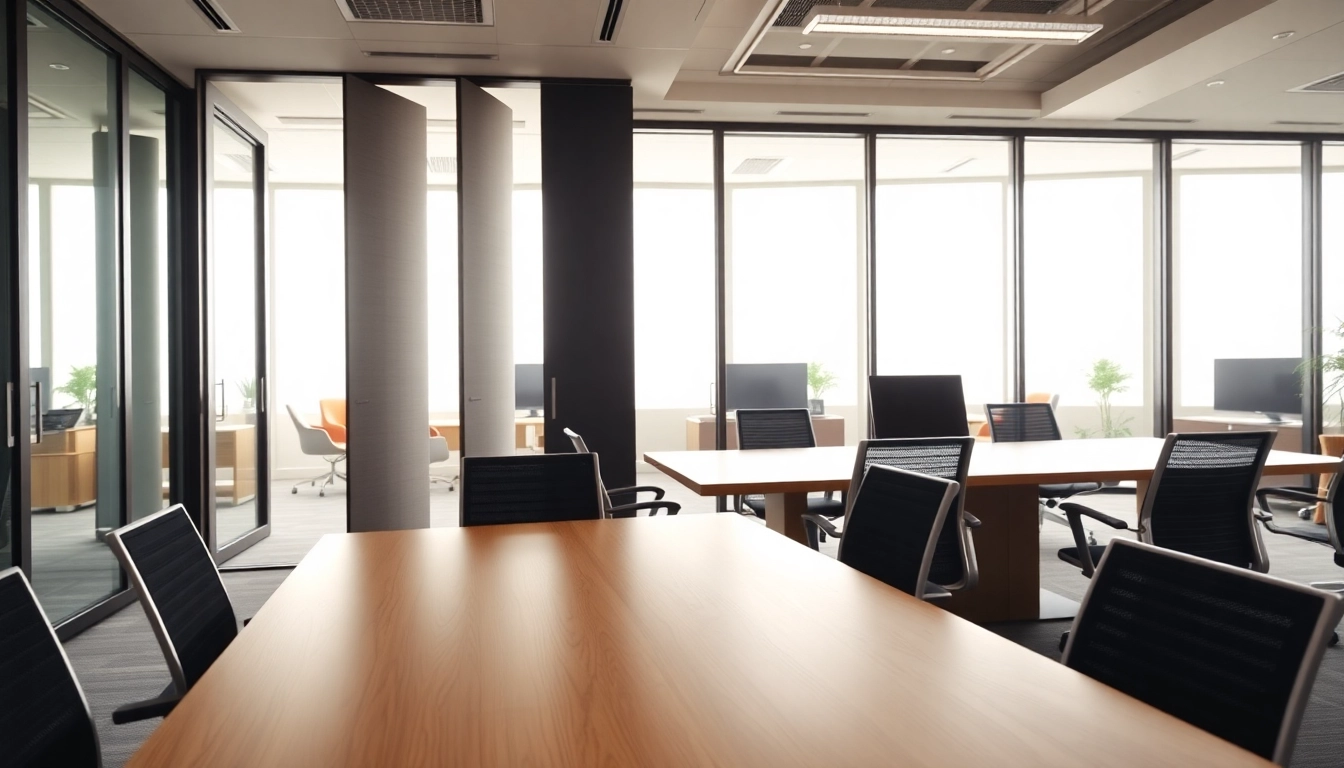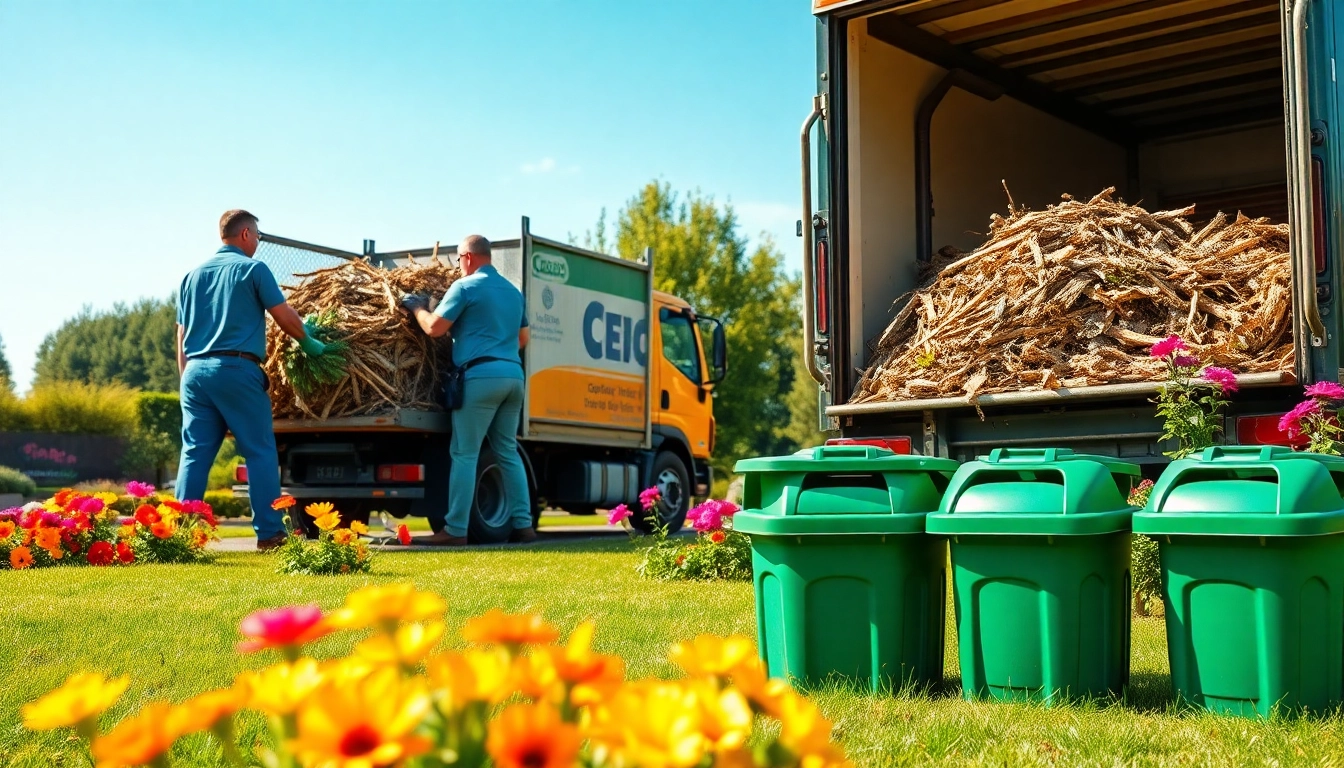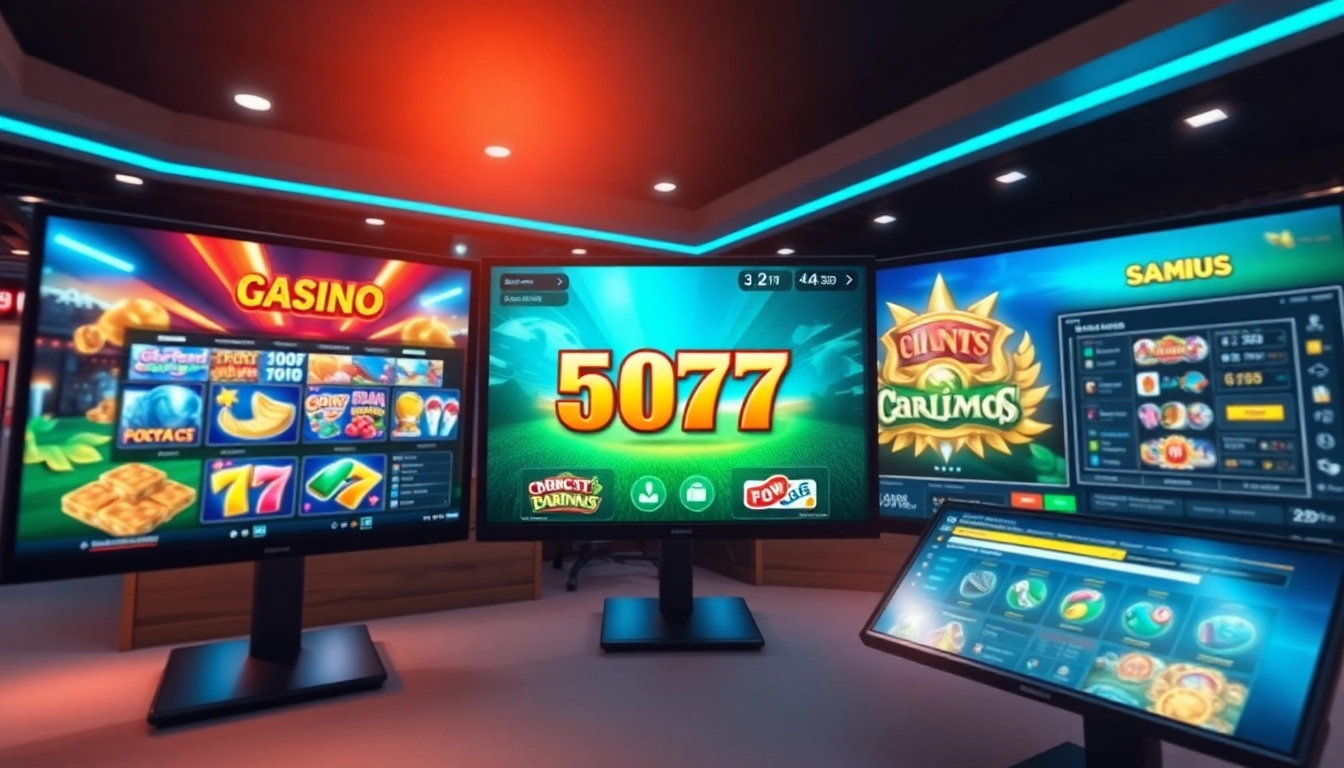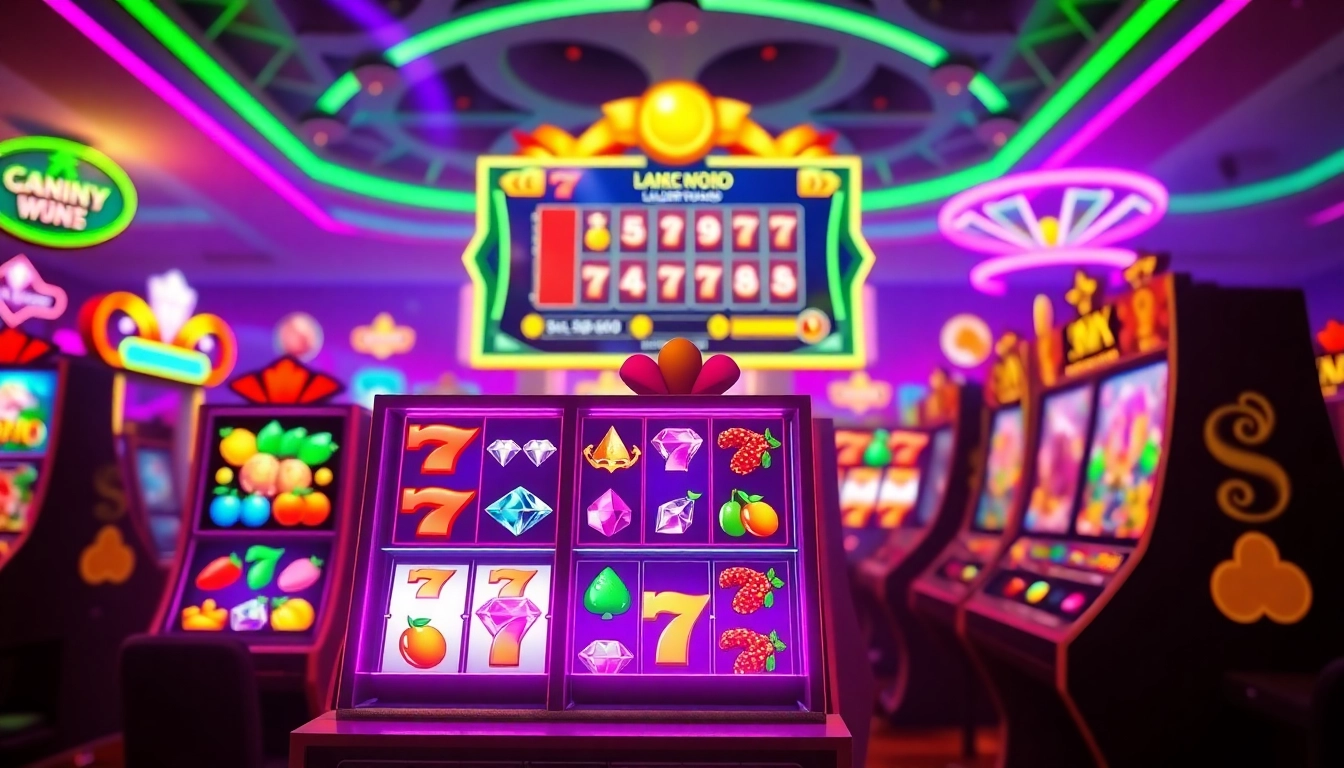
Understanding Folding Partition Walls
Folding partition walls have emerged as a versatile solution for space management in both commercial and residential settings. These walls provide the capability to divide large areas into smaller, functional spaces, thus enhancing efficiency and usability. But what exactly is a Folding Partition Wall? This article delves into the characteristics, types, benefits, and applications of folding partition walls, alongside expert insights on selecting, installing, maintaining, and understanding future trends surrounding them.
What is a Folding Partition Wall?
A folding partition wall is a type of operable wall system designed to divide a space with flexibility and ease. These walls can be folded or retracted to change the configuration of a room quickly. Available in various designs and materials, folding partition walls can blend aesthetics with functionality, accommodating diverse architectural needs and aesthetic preferences.
Types of Folding Partition Walls
Folding partition walls can primarily be categorized into several types:
- Acoustic Folding Partitions: Designed for superior soundproofing, these partitions are ideal for offices, conference rooms, or any space where noise control is essential.
- Glass Folding Partitions: These offer a modern, sleek look while maintaining visibility. They are particularly popular in corporate environments for meeting rooms.
- Fabric Folding Partitions: Typically lighter and portable, these partitions are suitable for temporary setups, such as events and exhibitions.
- Wooden Folding Partitions: These can provide a traditional aesthetic and are often customized to match existing decor in restaurant or hospitality settings.
Benefits of Using Folding Partition Walls
The advantages of integrating folding partition walls into your space are numerous:
- Space Efficiency: They allow for the effective use of space by enabling quick reconfiguration according to the needs of the users.
- Cost-Effective: Instead of building permanent walls, folding partitions provide a less expensive option for flexible space management.
- Design Flexibility: They can be designed to suit various aesthetics and functional needs, ensuring they fit in seamlessly with the environment.
- Easy Installation: Many folding partitions can be installed without significant structural modifications, allowing for rapid deployment.
- Mobility: Many models are designed with wheels, making them easy to move and reposition.
Applications of Folding Partition Walls
Folding partition walls can be utilized across multiple sectors, enhancing the functionality of a space.
Folding Partition Walls in Commercial Spaces
In commercial settings, folding partitions are indispensable for creating flexible work environments. Businesses can partition areas for meetings, collaboration, or even storage without the need for permanent structures. For example, in a co-working space, these walls can allow for multiple teams to utilize the same space effectively without interrupting each other’s work.
Using Folding Partition Walls in Residential Settings
In residential applications, folding partition walls can serve to create multi-functional rooms. Homeowners can utilize them to separate living spaces for privacy while still maintaining an open feel when needed. This approach is particularly beneficial in studio apartments or homes with an open floor plan, allowing for a customizable environment based on the time and occasion.
Case Studies: Success Stories
Numerous organizations have successfully implemented folding partition walls:
- A local co-working space: Used folding partitions to create temporary workstations, optimizing space based on fluctuating occupancy.
- A school auditorium: Integrated acoustic folding partitions that allowed for separate events without sound intrusion, demonstrating significant improvements in acoustics during performances.
- A hospitality company: Employed glass folding partitions to offer privacy in dining areas, enhancing the overall dining experience while maintaining an airy, open vibe.
Choosing the Right Folding Partition Wall
Selecting the appropriate folding partition wall involves various considerations that encompass functional and aesthetic aspects.
Factors to Consider Before Buying
When evaluating options for folding partition walls, consider the following:
- Space Requirements: Measure the area accurately to determine the size and height of the partition that will best suit your needs.
- Acoustic Requirements: Assess if sound insulation is necessary for your space, particularly for commercial applications.
- Material Choices: Select materials that align with the aesthetic of your space while also ensuring durability and ease of maintenance.
- Mobility: Decide if a portable or fixed installation is more appropriate for your circumstances.
- Budget: Establish a budget that factors in not only the purchase price but also installation and long-term maintenance costs.
Customizing Your Folding Partition Wall
Customization options for folding partition walls are vast, including:
- Finish and Colors: Choose finishes that complement existing décor by selecting paint, laminate, or wood types.
- Functional Features: Consider options for locking mechanisms or integration with HVAC systems for climate control.
- Size Options: Custom sizes can be specified to ensure the best fit for unique areas.
Top Brands and Products in the Market
Some leading brands in the market include:
- Modernfold: Known for high-performance movable walls and operable partitions.
- Hufcor: A global leader recognized for innovative options in folding partitions.
- Raydoor: Offers a variety of elegant folding walls with premium finishes.
Installation and Maintenance of Folding Partition Walls
Proper installation and maintenance will enhance the lifespan and performance of your folding partition walls.
Installation Process Overview
Typically, the installation process includes the following steps:
- Preparation: Measure areas, gather necessary tools, and prepare the site.
- Mounting Tracks: Install the overhead tracks securely into the ceiling.
- Hanging Panels: Affix the folding panels onto the tracks, ensuring they operate smoothly.
- Final Adjustments: Test for proper functionality and make any necessary adjustments, such as aligning panels and ensuring sound seals.
Maintenance Tips for Longevity
To maintain the quality of your folding partition walls:
- Regularly clean the surfaces to prevent dirt and dust accumulation.
- Inspect mechanisms and tracks periodically for any signs of wear and replace parts as needed.
- Lubricate moving components to ensure smooth operation.
- Address any misalignments promptly to prevent further damage.
When to Call a Professional
While many installation aspects can be handled as DIY, certain situations warrant professional assistance, such as:
- Structural alterations to accommodate the wall.
- Complex installations requiring custom solutions and designs.
- Persisting operational issues despite regular maintenance.
Future Trends in Folding Partition Walls
As technology continues to evolve, so do the possibilities for folding partition walls, creating exciting prospects for the future.
Innovations in Design and Technology
Innovative designs are emerging that integrate advanced technologies, such as:
- Smart Glass: Incorporation of tinted or switchable glass that provides privacy on demand.
- Automated Systems: Remote-controlled partitions that allow for effortless adjustments to the layout of a space.
- Eco-friendly Materials: A growing trend towards using recyclable materials and processes in manufacturing partition walls.
Sustainability Considerations
Folding partition walls can contribute to sustainability goals by:
- Reducing the need for permanent construction materials.
- Providing flexibility that encourages the efficient usage of space, thereby minimizing waste.
- Utilizing sustainable materials that lower environmental impacts during production and disposal.
The Future of Space Management Solutions
As spaces become increasingly dynamic, the demand for flexible solutions like folding partition walls is likely to grow. Trends suggest a shift towards spaces that can morph instantly to accommodate varied functions, highlighting the inherent value of adaptability in modern architecture and interior design.







